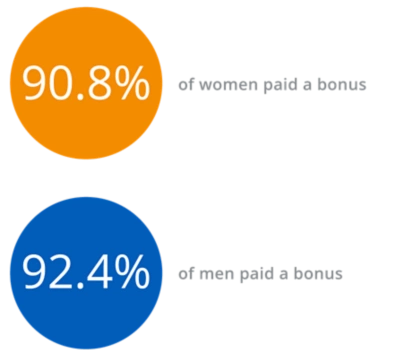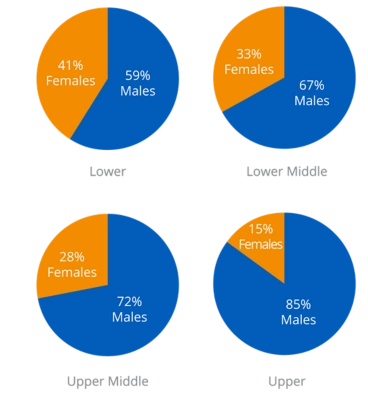Ireland Gender Pay Gap Report 2025
We’re making continued progress in closing our gender pay gap in Ireland. This year, we’ve seen a 6.04% improvement in our mean hourly pay gap, driven by an increase in female representation in all levels of management, including senior leadership.
We also continue to uphold our commitment to pay equity. Annual reviews confirm that over 99% of our Ireland employees are paid equitably.
You can learn more about our broader inclusion efforts here.
- 2025
- 2024
- 2023
Our 2025 Ireland gender pay gap results
Ireland is a key market for Workday, home to our Product and Technology organisation. These high-tech roles are well paid but remain male-dominated across the industry. This contributes to a gender pay gap in favour of men (average pay for males is higher due to a greater proportion of men in higher-paid roles). While we’re confident in our pay equity, we recognise the need to improve gender balance in higher-paid roles.
Below are the Workday results for the required Ireland pay gap calculations. Please note: due to the absence of temporary and part-time male employees, we are unable to report a pay gap.
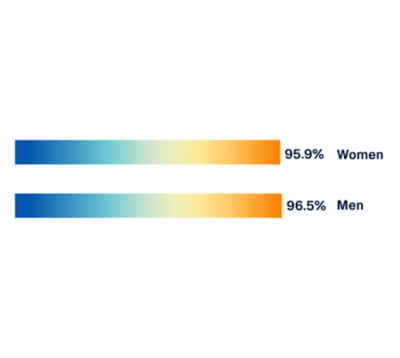
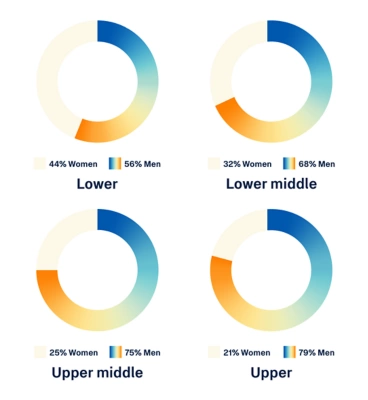
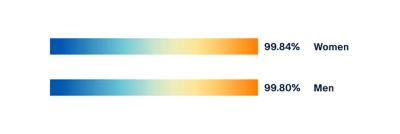
Our Irish gender pay gap results for 2024
The Irish market is important to Workday and has provided heavily desired tech talent to support our product and technology organisation, our primary business segment in Ireland.
These high-tech roles are well paid, but like our competitors in high-tech, are still heavily male dominated. The larger representation of men in our high-tech workforce in Ireland has led to a pay gap (males are paid higher on average). While we’re confident we pay fairly and equitably, we acknowledge we can do more to reach a better-balanced workforce between men and women, especially in higher paid roles.
Below are the Workday results for the required pay gap calculations for Ireland. Please note, Workday has no temporary employees or part-time male employees so we’re unable to report a pay gap within these segments.
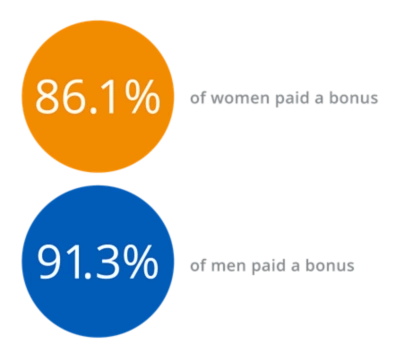
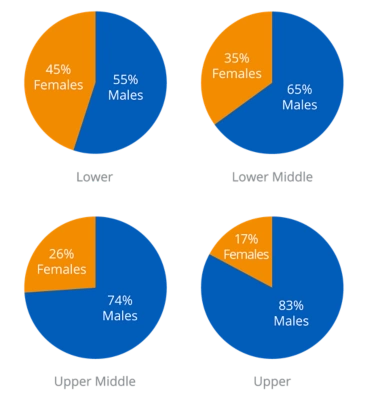
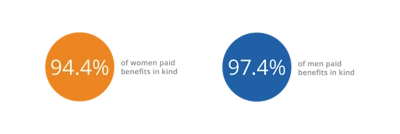
Our 2023 Ireland gender pay gap results
The market in Ireland is important to Workday and has provided heavily desired tech talent to support our Product and Technology organisation, our primary business segment in Ireland. These high-tech roles are well paid, but like our competitors in high-tech, are still heavily male dominated. This larger representation of men in our high-tech workforce in Ireland has led to a positive pay gap (males are paid higher on average). While we’re confident we pay fairly and equitably, we acknowledge we can do more to reach a better balanced workforce between men and women, especially in higher paid roles.
Below are the Workday results for the required Ireland pay gap calculations. Please note Workday had no temporary employees and no part-time male employees so we are unable to report a pay gap.
